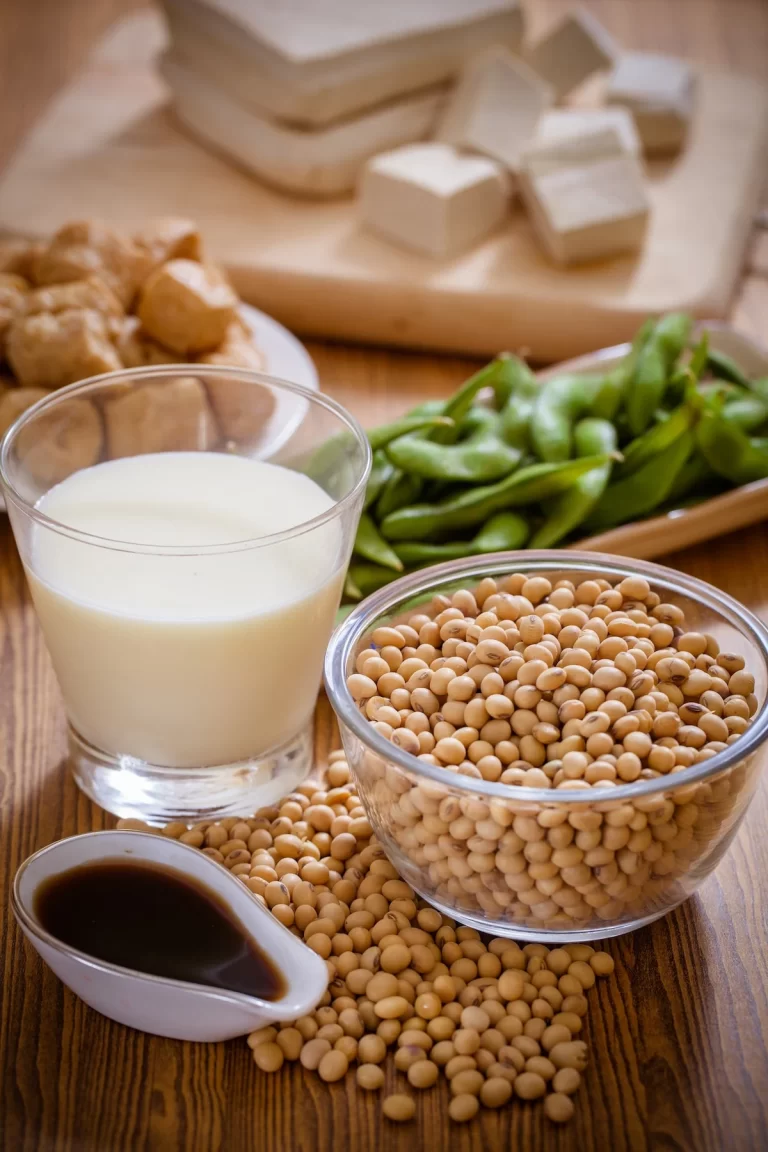What are the Worst Foods for Hashimoto’s?
Are you struggling with Hashimoto’s Thyroiditis and unsure about what foods to eat? Understanding how your diet affects this autoimmune condition is crucial for managing its symptoms effectively. Here’s a simplified guide to help you navigate your food choices, tailored to a layman’s understanding.
Gluten:
Gluten, found in wheat, barley, and rye, can worsen Hashimoto’s symptoms by triggering inflammation in the gut. Even if you don’t have celiac disease, cutting out gluten may offer benefits. Opt for gluten-free alternatives like rice, quinoa, and buckwheat.
Dairy:
Dairy products like milk and cheese can cause inflammation and interfere with nutrient absorption, worsening Hashimoto’s symptoms. Switch to plant-based alternatives like almond or coconut milk.
Sugar:
Excessive sugar consumption can lead to inflammation and blood sugar spikes, exacerbating Hashimoto’s symptoms. Avoid sugary drinks, desserts, and processed foods, opting for whole, natural sweeteners like honey or stevia.
Grains:
Some people find relief from Hashimoto’s symptoms by eliminating grains entirely, as they can mimic the effects of gluten. Consider following a grain-free or paleo diet, focusing on vegetables, fruits, and lean proteins instead.
Fast Foods and Highly Processed Foods:
These foods are often loaded with unhealthy fats, sugars, and additives that can worsen inflammation and gut health. Stick to whole, nutrient-rich foods to support your overall well-being.
Other Highly Allergenic Foods:
Consider trying an Autoimmune Protocol (AIP) diet, eliminating potential trigger foods like eggs, coffee, nuts, and nightshades. Reintroduce them slowly to identify any adverse reactions.
Additional Foods that May Need to Be Avoided:
- Nightshades: Some individuals may experience inflammation from nightshade vegetables like tomatoes and peppers. Experiment with elimination and reintroduction to gauge their impact on your symptoms.
- Alcohol: Alcohol can disrupt thyroid function and cause inflammation in the gut. Limit your intake or avoid it altogether.
- Legumes: While nutritious, legumes contain lectins that may aggravate gut inflammation in some individuals with Hashimoto’s. Experiment with elimination and reintroduction to assess their effects.
- Soy: Soy can interfere with iodine metabolism, affecting thyroid function. Consume soy products in moderation and ensure adequate iodine intake.
What to Eat with Hashimoto’s:
Focus on whole, nutrient-dense foods like fruits, vegetables, lean proteins, nuts, and seeds. Stock your kitchen with clean, gluten-free, and dairy-free options to support your health and manage symptoms effectively.
Conclusion:
Managing Hashimoto’s Thyroiditis requires a holistic approach, including dietary adjustments to reduce inflammation and support overall well-being. By avoiding trigger foods and embracing a nourishing diet, you can take control of your health and alleviate symptoms.
FAQ:
1: Can I still enjoy flavorful meals on a Hashimoto’s-friendly diet?
Absolutely! There are plenty of delicious recipes and ingredients to explore within the limitations of a Hashimoto’s diet. Experiment with herbs, spices, and alternative ingredients to create satisfying and flavorful meals.
2: Will dietary changes alone cure Hashimoto’s Thyroiditis?
While dietary changes can significantly improve symptoms and quality of life, they may not cure the underlying autoimmune condition. It’s essential to work closely with your healthcare provider to develop a comprehensive treatment plan tailored to your needs.
3: How long should I follow an elimination diet like AIP?
The duration of an elimination diet like AIP may vary for each individual. It’s typically recommended to follow the elimination phase for several weeks to allow your body to reset and identify trigger foods. Consult with your healthcare provider for personalized guidance






